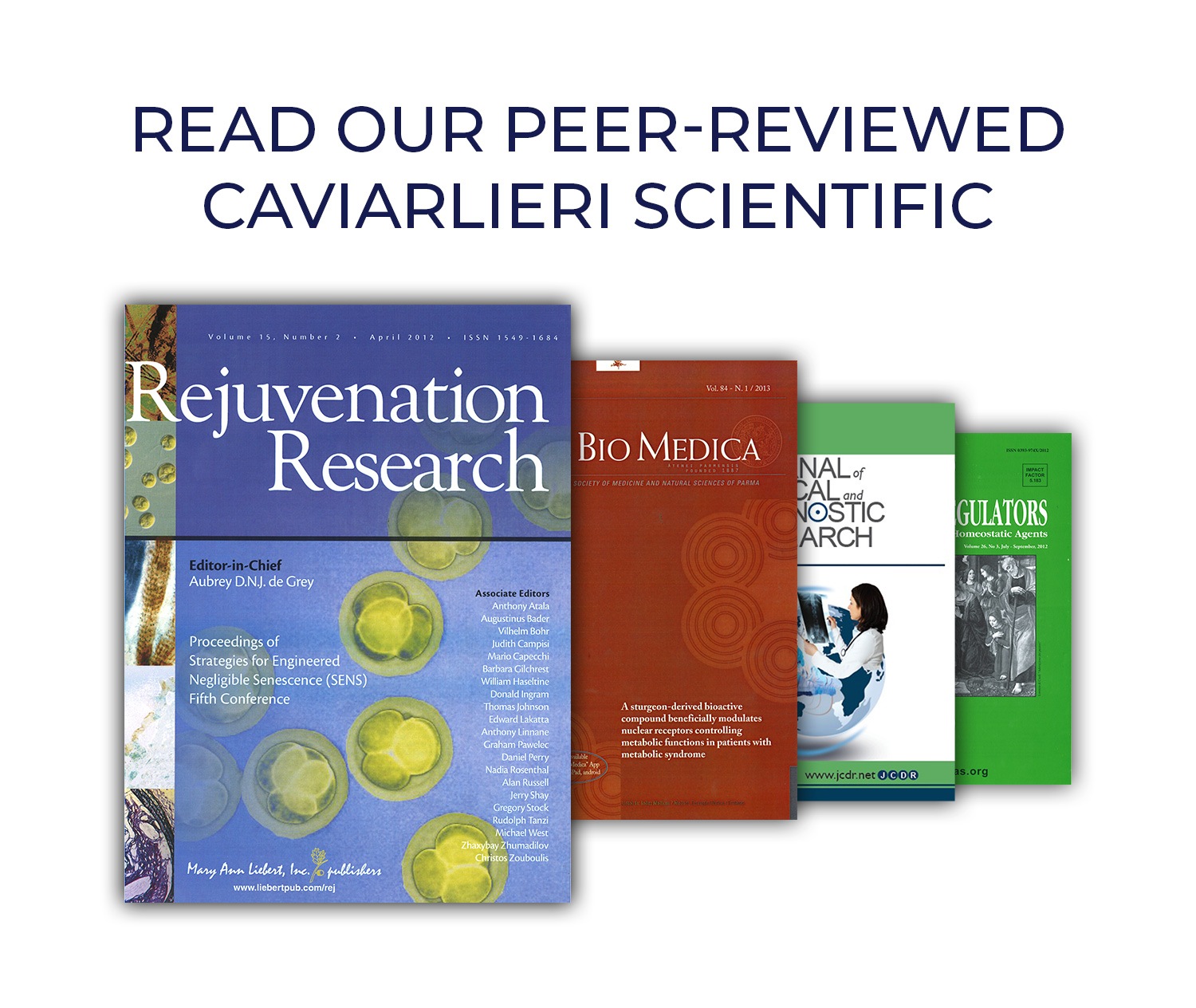Best Ways to Prevent Back Pain & Relieve Back Pain
Caviarlieri | Published August 17, 2020
Sore backs, who doesn’t get them every now and then? Whether you are young or old, back pain is so common that in fact it is the second most common reason for people to see a doctor. It may differ in location, character, severity, or length of time in our body. It can arise from many reasons but mainly due to muscle strain, tension or injury, any structural problems of the spine, everyday activities and poor posture, or certain medical conditions. There are also certain health conditions that increase the risk of developing back pain such as obesity, pregnancy, occupational activities, exercises done incorrectly, smoking and old age.
Preventing Back Pain
Preventing getting back pain is very possible but it involves you being very conscious and you having a commitment to avoid it because it involves a modification of your existing lifestyle. There are several simple and easy steps which you can take and most of it are practices we are not aware and conscious of and we even take them for granted.

- Strengthen your back muscles – there are certain exercises and stretches specifically for this goal that can be practiced at least 3 times a week to help you develop stronger muscles on the back.
- Watch your posture – we’ve heard it in school when we were younger to stand and to sit up straight. Well, it pays off when we’ve actually obeyed those commands as posture is something that we need to practice for a long time in order to do it correctly. Whether you are sitting or standing, proper posture is one effective way to prevent back pains.
- Exercise – regular physical activity is one of the best preventive measures to avoid any health concern. It is a common notion that once you feel back pain, you have to limit your exercises. Contrary to that, exercise, when done correctly and regularly helps the body heal from inflammation and prevents weight gain.
- Avoid lifting heavy objects – when needed, observe your proper body mechanics so as not to put the strain on your back.
- Manage your stress – stress does not only affect our mental and emotional state, it also manifests in the body. We don’t realize it that much but being constantly stressed causes tension on the muscles which easily develops to back pain. Find relaxation techniques that can help.
- Stop smoking – smoking not only affects our respiratory systems but it also contributes to back pain by constricting blood flow to our spine and its structures.
- Sleeping position – proper sleeping positions may vary from person to person so it is best to talk with a specialist on which sleeping position would be best for you. Generally, sleeping on your side with knees bent slightly toward the chest is good for the back. Or when lying supine, support your back by placing a small pillow under the knees.
Effective Relief for Back Pain
People suffering from back pain are not hopeless as there are countless treatment approaches. Identifying the best possible treatment should be established based on the causative factor. The following are categories of treatments that provide relief for the common back pain.
Pain Relievers
Pain medications is on the top of the list due to its availability and accessibility, whether it’s over the counter or prescription. It plays a key role in the management of back pain. Relief is the first goal and priority. And certain medications include anti-inflammatory action which is needed for the healing process. Pain medications also need to be taken with care and proper advice on dosage and frequency, especially for prescription medications. A dependency may develop which will lead to other problems.
Physical Therapy

The goal of physical therapy is to support the work of pain medication or as an adjunct treatment. There is a variety of possible options using heat, ultrasound, electrical stimulation and many more targeted not only on the muscles but the nerves as well. Therapists can also give sound advice on stretching exercises, the do’s and don’ts, and exercises to help the strengthening and relaxing aspect to support healing.
Alternative Remedies
There is a growing population of those who prefer to go to the alternative and natural route for diseases and symptoms. Alternative therapies should be safe but should be undertaken always with the doctor’s clearance who will be able to advise whether a certain therapy is not contraindicated for a type of back pain.
- Acupuncture – acupuncture is a traditional Chinese therapy that many have reported to be an effective recourse. It is believed that certain points in the body which are targeted by fine needles relieves pain by stimulating the body to release pain-relieving chemicals, releasing neurotransmitters to shut off the pain and triggers electromagnetic impulses in the body to help hasten the body’s pain management including the release of endorphins.
- Chiropractic Therapy – this therapy is based on the theory that a misalignment in the spine is what causes back pain. After a methodical assessment, a chiropractor doctor or specialist does manual manipulation on the back, neck, shoulders, hips to alleviate the pain.
- Massage therapy – this is more common than chiropractic therapy in the sense that it does not need a doctor as anyone can avail of it even without assessment and is definitely cheaper. Massages are supposed to relax tense muscles. Muscle tension causes pain and subsequently restricted movement which only causes increased muscle tension. Massage promotes relaxation of muscles, improves flexibility on a certain area and promotes healing and an overall better sense of well-being due to its relaxing nature.

Although prevention is better than cure, we do experience back pains every now and then as they are generally unavoidable no matter how much we try to prevent it. Not every day is the same and we may be beset with unavoidable circumstances that can contribute to developing it. What really helps is the awareness of how to manage it properly when it occurs. When neglected, back pains can lead to bigger issues and worse they will become chronic and harder to treat. A day off or two, foregoing a long drive, or skipping a workout in the meantime won’t hurt you when you are stricken with a sore back rather than you suffer longer periods of discomfort that can very well alter your quality of life in ways you did not expect.
Subject
Recent Posts
-
The Amazing Benefits of Highly Polymerized Fish Collagen Peptides with Elastin – Caviarlieri
-
The World’s Most Effective Caviar DNA Extract with Marine Bioactive Peptides
-
Are Supplements effective for Joint Pain?
-
Why Is Sustainable Immunity Important for Your Long-Term Health
-
What is your “Body Age” – Biological Age?




